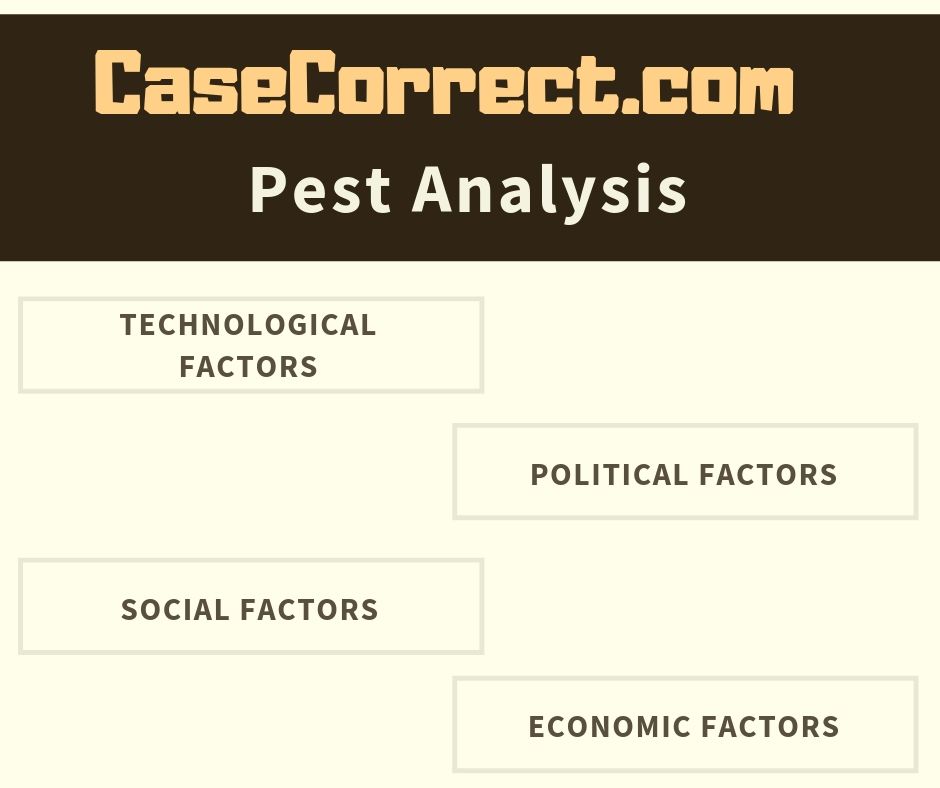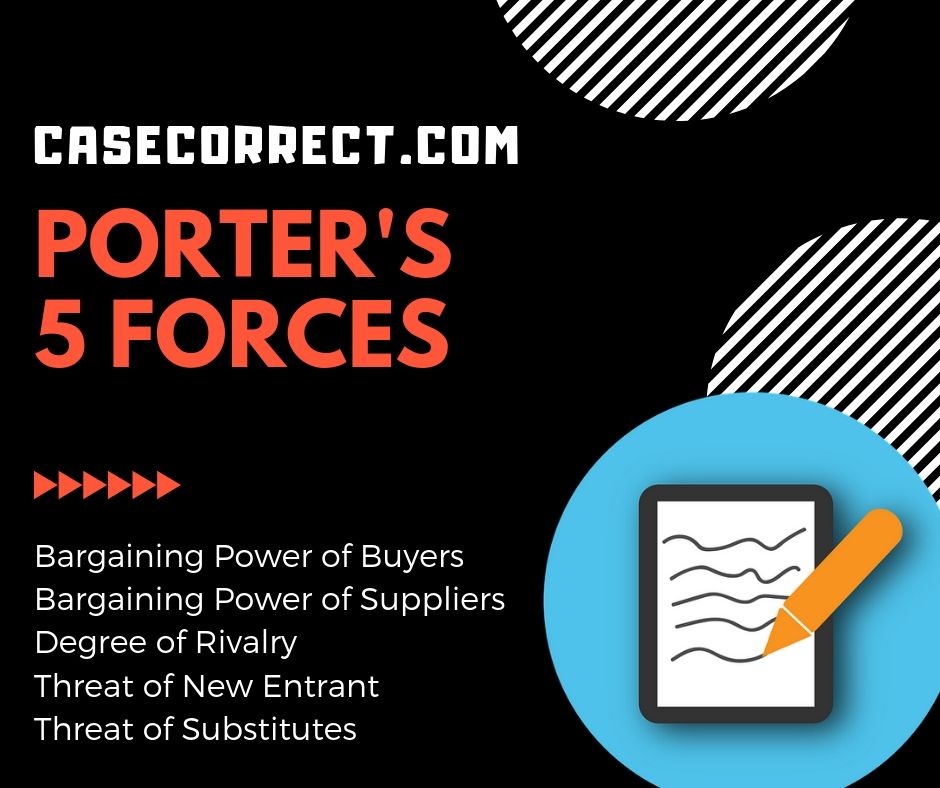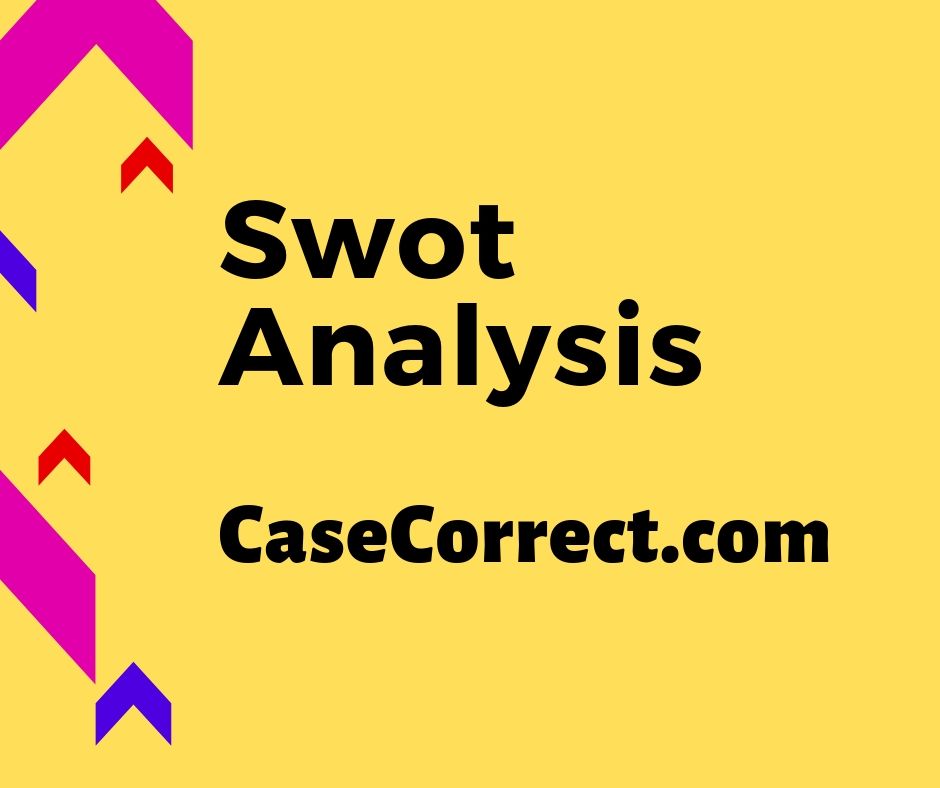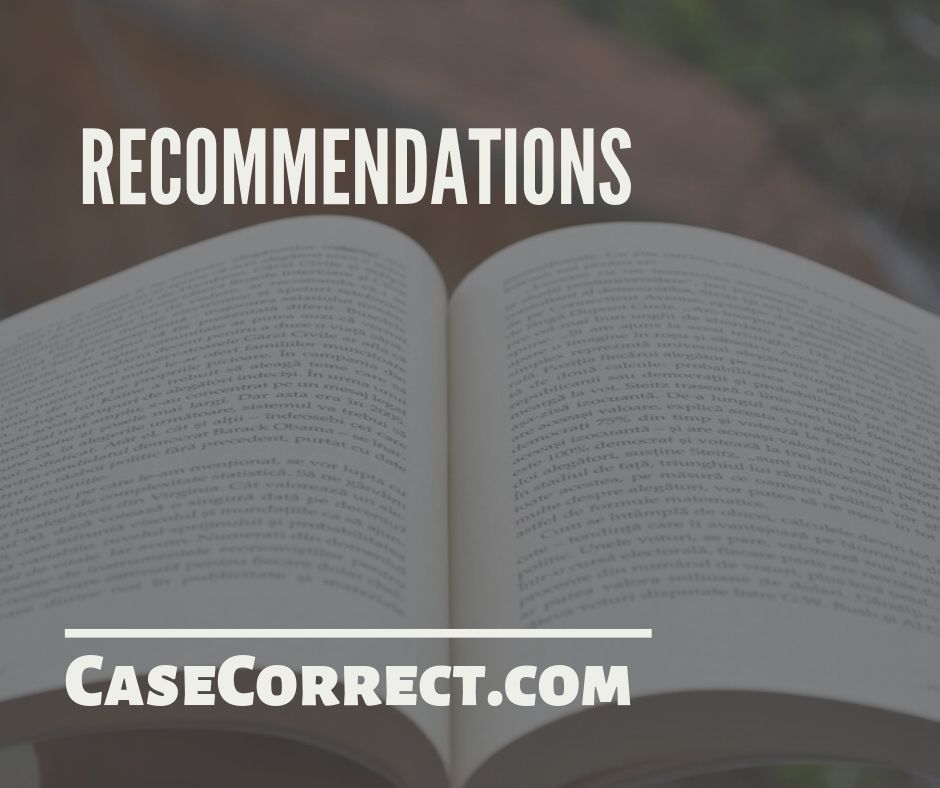When Should A Leader Be Directive Or Empowering How To Develop Your Own Situational Theory Of Leadership Case Help
Introduction:
 In 1969, the facility of When Should A Leader Be Directive Or Empowering How To Develop Your Own Situational Theory Of Leadership Case Study Solution for supplying its member doctors with the convenience of administrative and scientific structure. In the facilities of United States of America, When Should A Leader Be Directive Or Empowering How To Develop Your Own Situational Theory Of Leadership Case Study Solution was one of the most reputed company. It was connected with Cape Cod Eye surgery and When Should A Leader Be Directive Or Empowering How To Develop Your Own Situational Theory Of Leadership offering different vertically incorporated services in order to satisfy the needs of patients. The base operation of When Should A Leader Be Directive Or Empowering How To Develop Your Own Situational Theory Of Leadership Case Study Analysis is localized in downtown Boston. About 160,000 clients were provided services each year with roughly 7500 surgeries and 4500 laser procedures.
In 1969, the facility of When Should A Leader Be Directive Or Empowering How To Develop Your Own Situational Theory Of Leadership Case Study Solution for supplying its member doctors with the convenience of administrative and scientific structure. In the facilities of United States of America, When Should A Leader Be Directive Or Empowering How To Develop Your Own Situational Theory Of Leadership Case Study Solution was one of the most reputed company. It was connected with Cape Cod Eye surgery and When Should A Leader Be Directive Or Empowering How To Develop Your Own Situational Theory Of Leadership offering different vertically incorporated services in order to satisfy the needs of patients. The base operation of When Should A Leader Be Directive Or Empowering How To Develop Your Own Situational Theory Of Leadership Case Study Analysis is localized in downtown Boston. About 160,000 clients were provided services each year with roughly 7500 surgeries and 4500 laser procedures.
Through the aggregation of a series of centralized functions, When Should A Leader Be Directive Or Empowering How To Develop Your Own Situational Theory Of Leadership Case Study Solution had actually significantly attained the economies of sales enabling the eye doctors to offer them with enough time to focus on their patients and their personal lives. The corporate structure was its real strength that enabled people for directing and developing of practices in their suitable way. Since 1990, the development of When Should A Leader Be Directive Or Empowering How To Develop Your Own Situational Theory Of Leadership Case Study Analysis had actually been consistent but the health care environment patterns had actually known to wear down the financial returns of When Should A Leader Be Directive Or Empowering How To Develop Your Own Situational Theory Of Leadership Case Study Solution from 50 percent of the 1980's profits to 40 percent in 1990 and 30 percent in 2000.
Problem statement:
 Due to the modifications in the guidelines to run in the When Should A Leader Be Directive Or Empowering How To Develop Your Own Situational Theory Of Leadership Case Study Analysis industry, it was needed by the organizations to increase the volume of clients, reduction in expenses of procedures and treatments in order to offset decreased margins. Yearly reduction in the rates had actually produced issue for physicians in making a great earnings.
Due to the modifications in the guidelines to run in the When Should A Leader Be Directive Or Empowering How To Develop Your Own Situational Theory Of Leadership Case Study Analysis industry, it was needed by the organizations to increase the volume of clients, reduction in expenses of procedures and treatments in order to offset decreased margins. Yearly reduction in the rates had actually produced issue for physicians in making a great earnings.
Situational Analysis:
SWOT Analysis:
Strength:
• When Should A Leader Be Directive Or Empowering How To Develop Your Own Situational Theory Of Leadership Case Study Solution is understood to have a popular position in the When Should A Leader Be Directive Or Empowering How To Develop Your Own Situational Theory Of Leadership Case Study Analysis market of United States of America.
• Due to its existence in the United States, it has strong client base line as an approximate of160,000 visits of clients each year.
• Management of When Should A Leader Be Directive Or Empowering How To Develop Your Own Situational Theory Of Leadership Case Study Solution including its doctors invest more time to activities in mentor, research and advancement for creative product development.
• The team members had a collective relationship in going over and management of any specific operation headed by a group leader.
Weakness:
 • Problems in upkeep of scheduling system and central scheduling center of When Should A Leader Be Directive Or Empowering How To Develop Your Own Situational Theory Of Leadership Case Study Solution pace due to the modification in the procedures followed by Shingleton's team.
• Problems in upkeep of scheduling system and central scheduling center of When Should A Leader Be Directive Or Empowering How To Develop Your Own Situational Theory Of Leadership Case Study Solution pace due to the modification in the procedures followed by Shingleton's team.
• Financial returns of the company had been reducing yearly with increase in the growth of When Should A Leader Be Directive Or Empowering How To Develop Your Own Situational Theory Of Leadership Case Study Solution industry in United States of America by 5 percent.
• Increased volume of patients' gos to needed usage of increased capability that decreased the capability of the team the absorption of the flow of changes.
• Greater clients' volume led the group of major stress threatening the mission of the practice and the rate of earnings development.
Opportunities:
• Growth of the customer base line in the low-end market will supply them with direct contact with their clients to offer them with high quality services.
• Local gamers tend to be essential players in the growth of any leading organization, healthy relationship with relative regional gamers can offer considerable outcome in the worth chain of the business operation.
• As there has been compensation by the government, restricting new entrants entry in the When Should A Leader Be Directive Or Empowering How To Develop Your Own Situational Theory Of Leadership Case Study Help industry in the United States providing a benefit to all leading companies in the When Should A Leader Be Directive Or Empowering How To Develop Your Own Situational Theory Of Leadership Case Study Solution market.
• Production of low-end items, as high-end products are expensive and can not be cost effective for bad individuals getting medication for their specific medical condition.
Threats:
• Development in making use of innovation versus the security of environmental issues tend to grow the criticism by the groups of environmental protection.
• With rate to be the leading company in the globe, efforts are being made by every company puzzling the clients and growing issue about their health awareness.
• Mismanagement of the scheduling process of the organization may lead to loss of consumers due to the poor services of the team and stress and whined doctors.
PEST Analysis:
Political:
 At present, the rate of When Should A Leader Be Directive Or Empowering How To Develop Your Own Situational Theory Of Leadership Case Study Solution market had actually known to be increasing at about 34 million with the growing industry rate of about 5 percent. When Should A Leader Be Directive Or Empowering How To Develop Your Own Situational Theory Of Leadership Case Study Solution operating in the When Should A Leader Be Directive Or Empowering How To Develop Your Own Situational Theory Of Leadership Case Study Help market in United States of America has actually been known to experience political pressure captivating for reduction in the rates of the products.
At present, the rate of When Should A Leader Be Directive Or Empowering How To Develop Your Own Situational Theory Of Leadership Case Study Solution market had actually known to be increasing at about 34 million with the growing industry rate of about 5 percent. When Should A Leader Be Directive Or Empowering How To Develop Your Own Situational Theory Of Leadership Case Study Solution operating in the When Should A Leader Be Directive Or Empowering How To Develop Your Own Situational Theory Of Leadership Case Study Help market in United States of America has actually been known to experience political pressure captivating for reduction in the rates of the products.
Economical:
When Should A Leader Be Directive Or Empowering How To Develop Your Own Situational Theory Of Leadership Case Study Solution requires sticking to consider laws of consumers, laws of employment and laws of health and safety in the area where it operates. In addition, there is a requirement of sticking to added policies developed in the target customer market. Regardless of, the benefit of laws and policies to well recognized organization like When Should A Leader Be Directive Or Empowering How To Develop Your Own Situational Theory Of Leadership Case Study Help because they offer help in decreasing the entry of industry and increasing the self-confidence of consumer with drugs.
Social:
Appropriate consider social terms consist of change in culture, aging trends, health problems and demographics. Primarily in American and european states, majority of the population is aging increasing the need of drug utilization. This is anticipated to remain very same and even increase with respect to time in forthcoming duration. The sets of insurance accessibility and healthcare programs presented offers support in drug buying. With increase in the check outs of the patients in When Should A Leader Be Directive Or Empowering How To Develop Your Own Situational Theory Of Leadership Case Study Help has actually also served as a consider increasing the demand of drugs. The effect of social aspects are thought about beneficial.
Technological:
Improvements through the use of biotechnological techniques and strategies has actually facilitated continuous innovation for research study and development with contribution of the organization's own doctor investing their time in the technological improved equipment in the When Should A Leader Be Directive Or Empowering How To Develop Your Own Situational Theory Of Leadership Case Study Solution market. The research and development needs heavy investment, however it considerably facilitates the quality of drugs throughout its advancement.
Alternatives:
Incorporation of managerial and HR expertise:
 Due to the mismanagement and increased volume of patients check outs affecting the efficiency of physicians and to handle the reason behind their stress. HR practices in the management of operations of the organization play an important function.
Due to the mismanagement and increased volume of patients check outs affecting the efficiency of physicians and to handle the reason behind their stress. HR practices in the management of operations of the organization play an important function.
Pros:
• They have the charge of recruitment providing training of leadership, management of team work, assistance in scheduling, and a methodical procedure of employing.
• They work in lead in the advancement management, management of efficiency, succession planning, paths of career and some other elements in the management of skill.
• In advancement of effective relationships at work for performance and contribution, they offer support by knowing the key players.
Educated in regards to guidelines, policies and regulations involving payment that depends on the state, area or city.
Cons:
• Governmental bodies are primarily concerned for financing with the macro-economic concerns rather micro-level concentrating on the contemporary practices of HR focusing on the performance and inspiration of workforce.
• Advancement of capability of HR requires financial investment in advancement and training of both HR experts line professional with the responsibilities of personnel management.
Investment in enhancing the capability of professional personnel examines in a variety of methods order to deliver the function of HR management. Even, after the rejection of outsourcing, the in-house function of needs to be kept an eye on and examined appropriately.
Reduction in direct personnel cost:
Due to the fact that of the need but out of sheer requirement which might undertake reduction in expense, the strategy is to be focused within the company which is mainly due not. Decrease in expense is basically for improvement of performance and the portion of earnings growth.
Pros:
• Expense reduction baseline is known to increase the margins of earnings which the sought-after benefit. The organization can perform expense decrease process as per their need to increase the profit margin.
• Boost in the efficiency through decrease in cost by alarming workers about its entryway in the stage of micro-management.
Enhancement in the process requirements since the impacts of improvising processes is on the present procedure nature improving the standards of item development.
Cons:
• Although, the procedure of cost decrease is a positive one in the advancement and growth of the organization as a long-lasting method, but incorrect cutting of the cost might develop a panic alarm throughout the company.
• Altering while doing sos followed can often be hazardous rather enhancing rate of revenue growth depending on the participation of external and internal stakeholders.
• Concentrating on the decrease of cost might lead to jeopardize on the quality of item impacting the mission and vision of the company and threatening the worth of the brand name.
Development of a new organizational structure:
Change in the structure of the organization is to manage the changes in organization operations and run it from a status quo to the desired state in the future. It intends to bring tactical modifications in the organization for a client organization to make sure that the corporation runs normally throughout the modification.
Pros:
 • Organizations that thinks about external consultant for execution in altering the structure of the organization has the benefit of external influence.
• Organizations that thinks about external consultant for execution in altering the structure of the organization has the benefit of external influence.
• Modification in the structure of company requires the management of organization to keep an eye on the change execution to ensure that the processes required are in location and quote that there are no barriers inhibiting effective implementation of the change. The most effective modification in the structure of company forces will collect the intelligence of organization in order to much better comprehend the method the organization runs.
Changes in the structure of organization control the modification speed and the way it alters to be executed. It help the organization in embracing changes effectively. It also makes sure that the adjustment of the modification in the structure of organization is going on its ideal speed and the adjustment of procedure should be continued.
Cons:
• Modification in the structure of company is not performed straight in a regular manner through leader acting as the top main members of the organizational management. It can be in some way difficult for bringing change in the structure of the organizational force in order to get company broad buy-in.
• While the group accountable for altering the structure of the company assists the organization to change with the executed changes, modifications in the organizational structure seldom has the ability of empowerment and to offer ownership of the modifications to the staff members in the organization.
• Changes in the structure of organization, is to re-organize the whole structure of the company on how it operates. However, it provides with certainty to run the organization in a smooth way but it ought to not be implemented during urgency.
